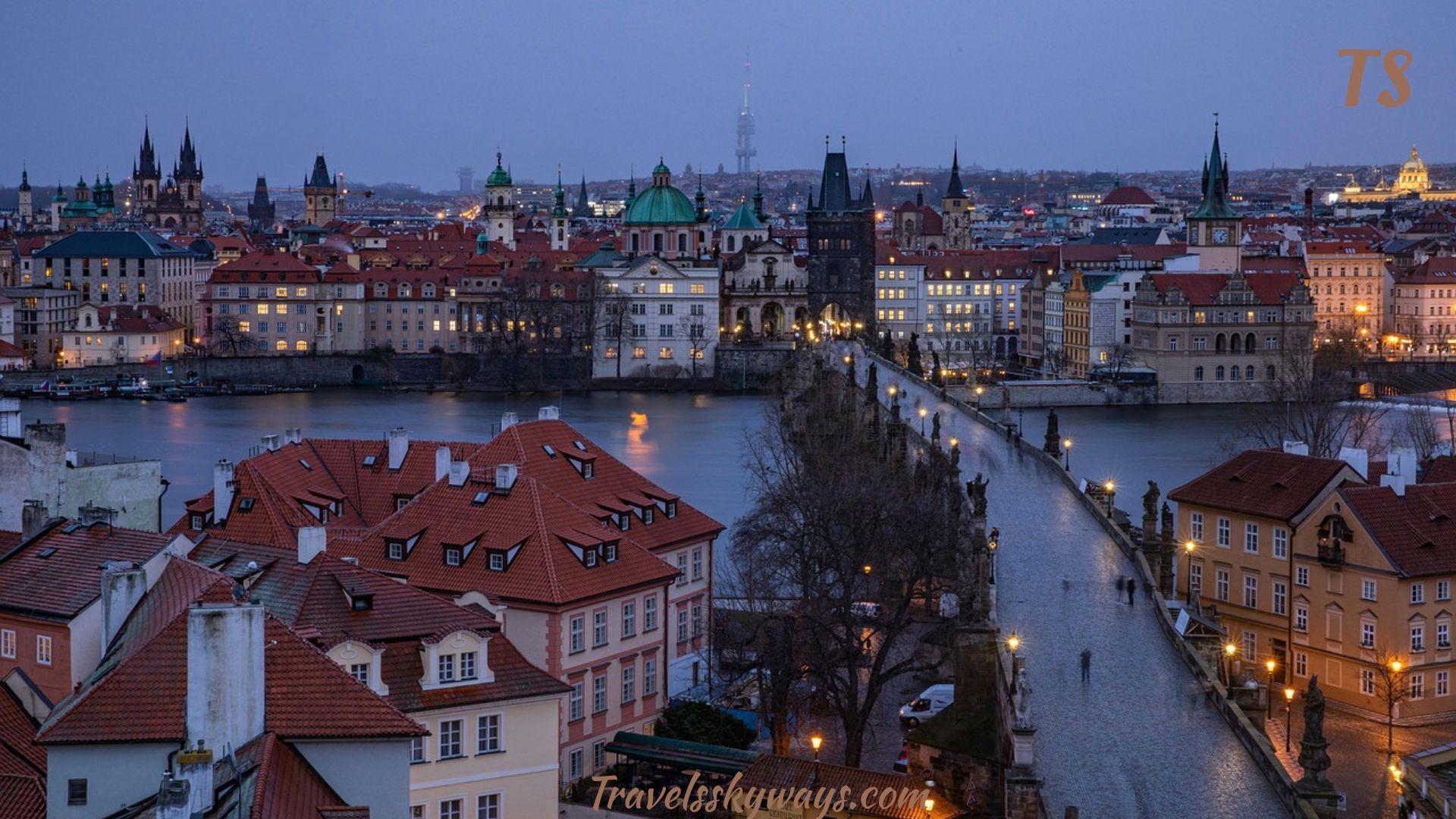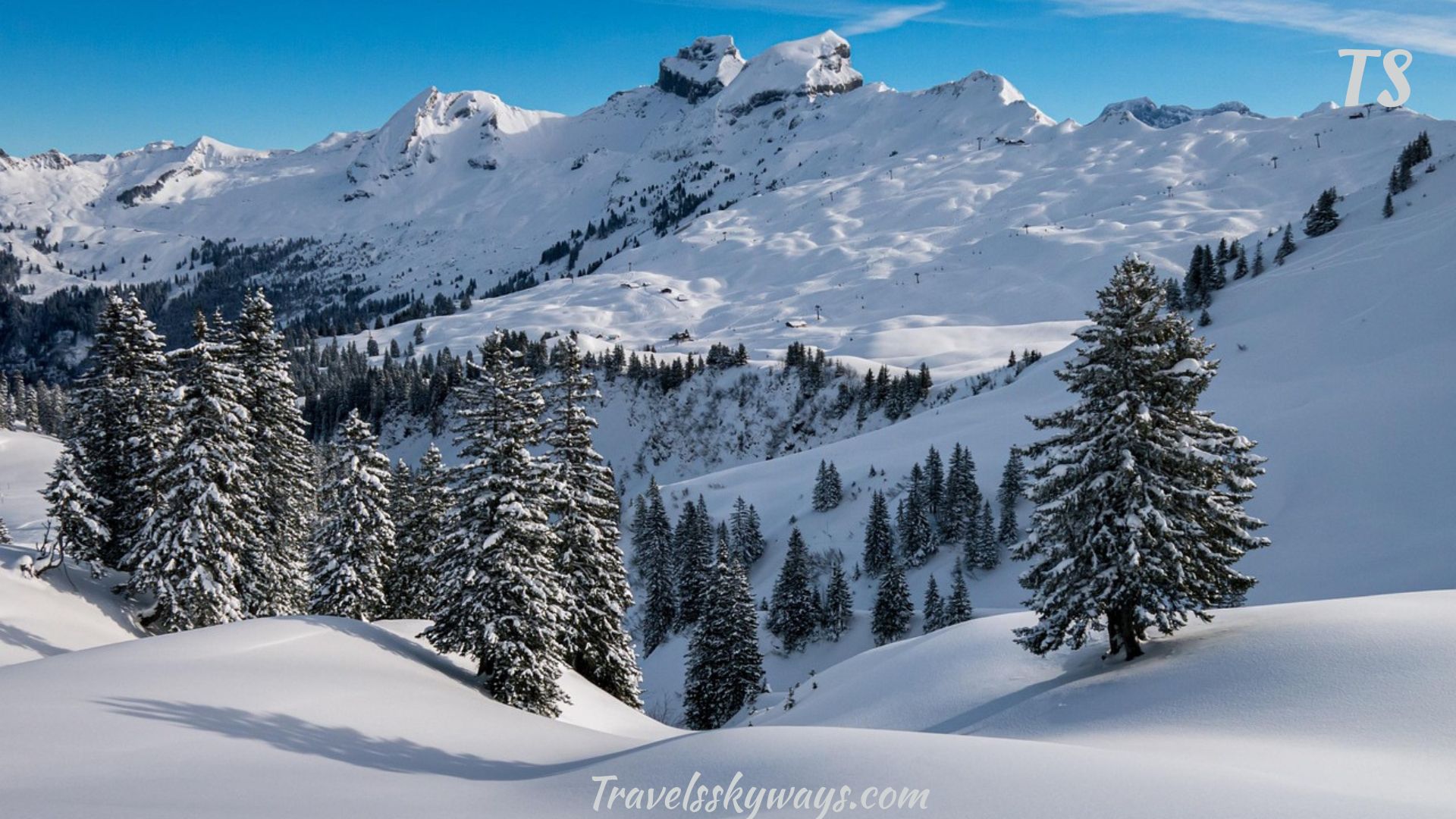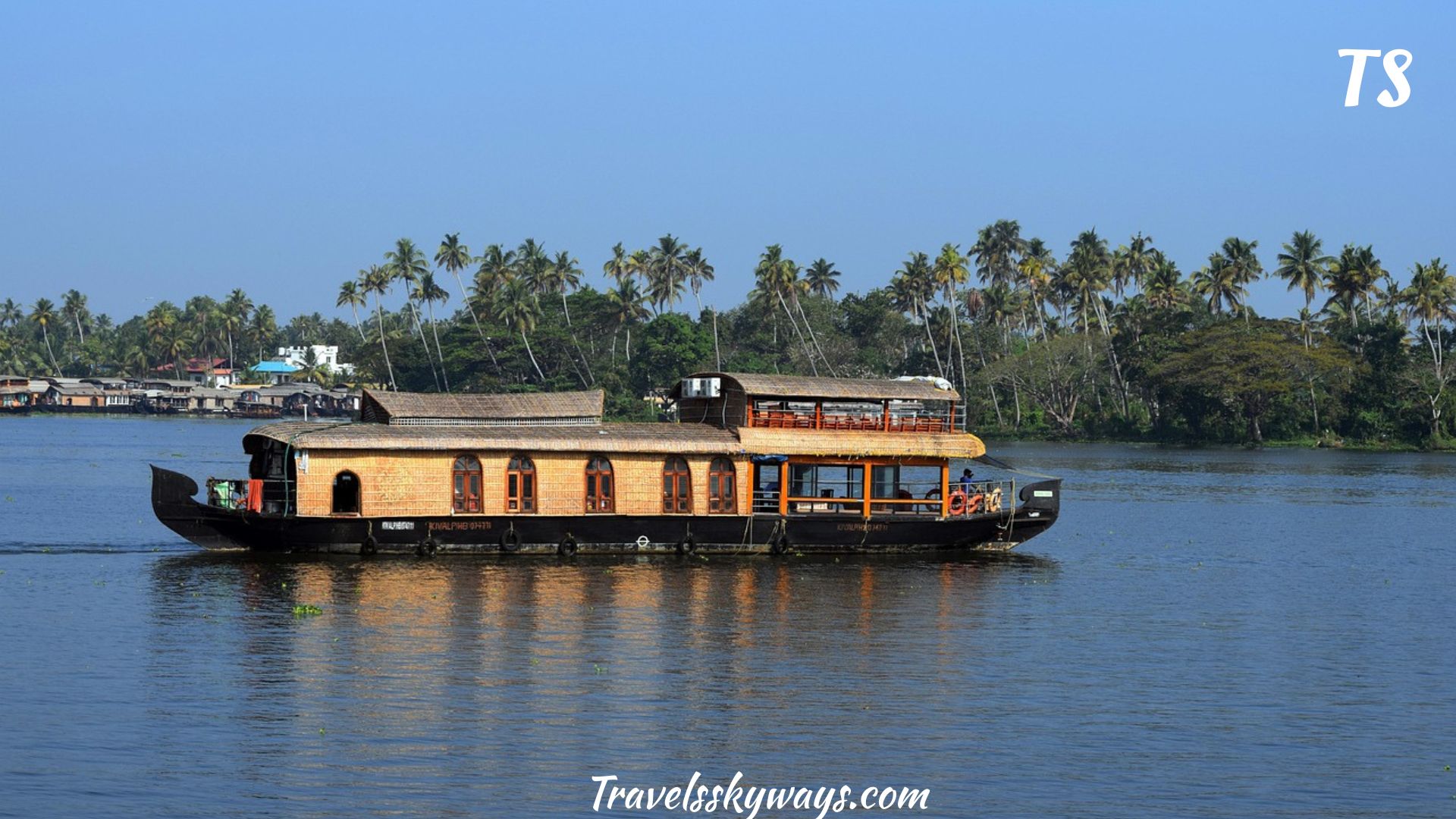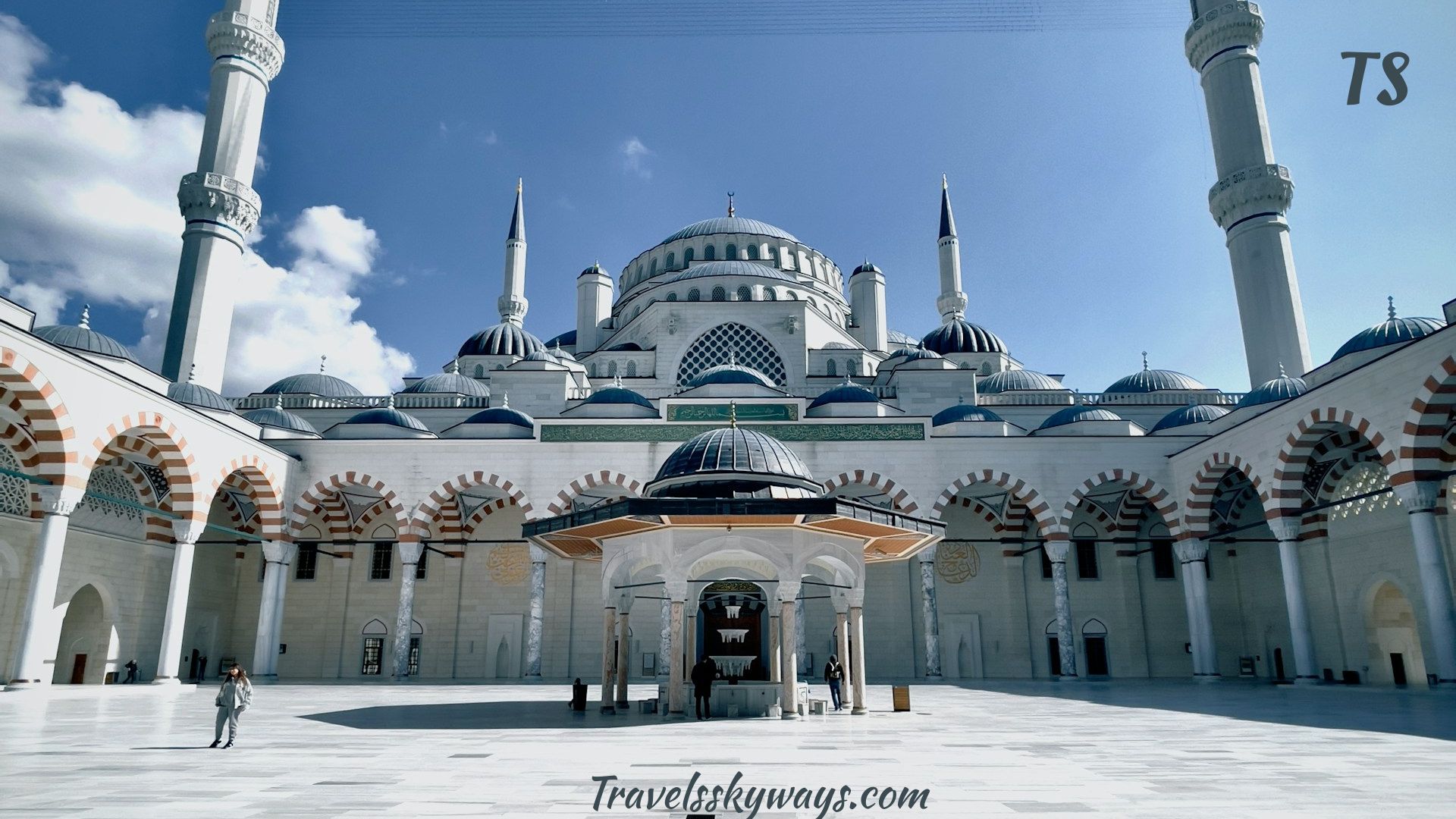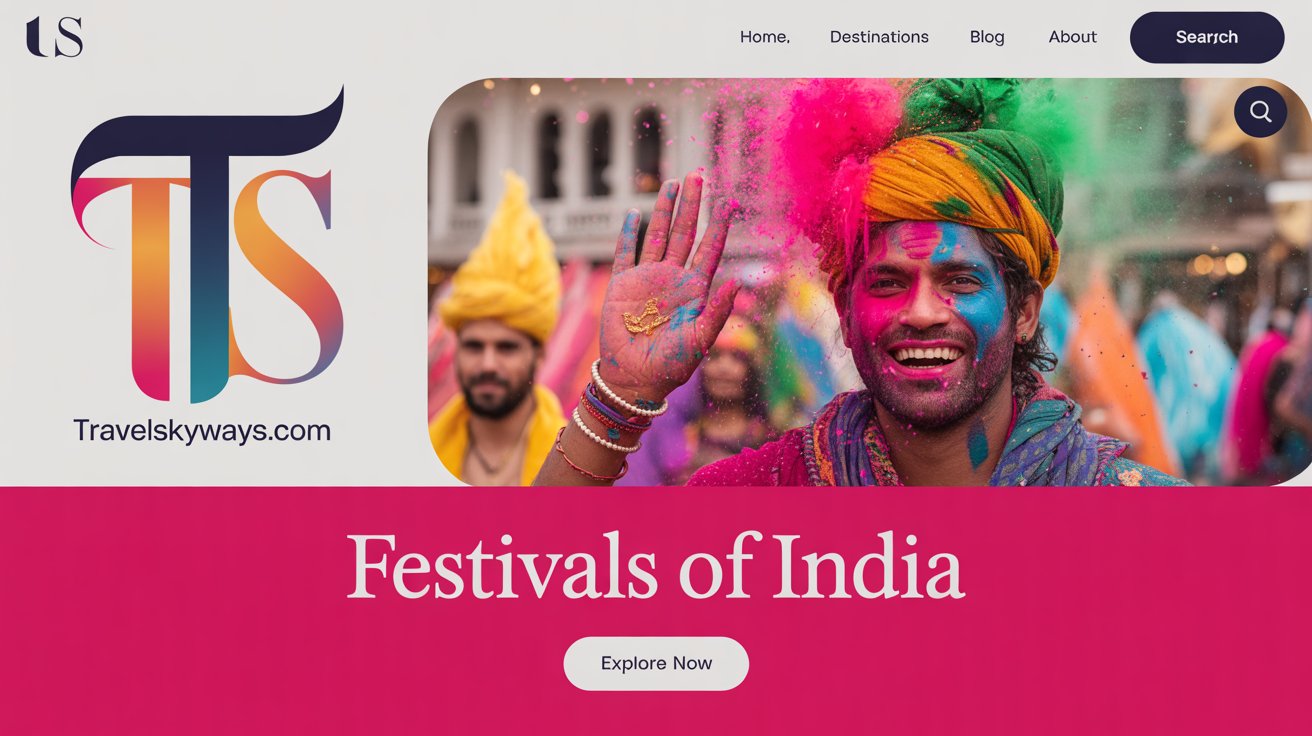
Festivals in India are adorned with colors, cultures, and celebrations. Each festival is a story of faith and traditions-from sacred rituals to merry street dances. These lively celebrations bring together a varied nation in pure moments of joy.
🌟 Religious Festivals
🕉️ Hindu Festivals
Diwali: Festival of Enlightenment and Shared Joy
Diwali represents the festival of enlightenment– a day of shared light, whereby persons light-up, burn fireworks, and share sweets from their houses. It shows the victory of good over evil.
Holi: Festival of Colors and Fun
Holi brings colors and water everywhere, people throw gulal and dance in the streets. It is all about happiness, fun, and forgetting problems. It comes with spring and new hope.
Dussehra: Triumph of Good Over Evil
Dussehra is when Lord Ram won against Ravan. It means truth always wins.
Ganesh Chaturthi: Worship of Lord Ganesha
This is the Ganesh Chaturthi, which is an occasion dedicated to worshipping Lord Ganesha; idols are placed in homes and on streets.
Devotion and Celebration in Ganesh Visarjan
Much is made of worship, which includes offerings of sweets such as modak and music.Immersion is done amidst dancing and cheering.
Janmashtami: Birth of Lord Krishna
This festival is the birth of Lord Krishna and is observed through fasting, prayers, and decoration of temples. The little ones are dressed as Krishna and Radha.
Navratri: Devotion to Goddess Durga
The Navratri festival, dedicated to the goddess Durga, is one of the most awaited and cherished celebrations among millions, enabling the Navratri fair to be arranged about seven days in advance of the worship of Navar. It is vibrant, devotional, and full of energy.
Durga Puja: Cultural and Spiritual Celebration
Durga Puja is the festival of honoring Maa Durga through pandals and processions. Especially in Bengal, the Festival is very much spiritual and cultural. People adorn themselves beautifully and relish traditional food.
Must Read: When Is the Worst Time to Visit Japan?
Maha Shivratri: Night of Devotion to Lord Shiva
Austerities and prayers will become the actions of devotees of Lord Shiva on this very big night. This will ring out loudly across the entire land during the sacred time dedicated to Lord Shiva.
Raksha Bandhan: Bond Between Siblings
Raksha Bandhan is basically dedicated to celebrating the relationship between a brother and sister.
It is a day when sisters tie Rakhis on the hands of their brothers who give gifts in return to the sisters and pledge to them that they will protect them. It’s all about love from the family.
Govardhan Puja: Gratitude to Lord Krishna
Govardhan Puja is post-Diwali and celebrates Lord Krishna lifting Govardhan hill on this day. Usually, people collect food into heaps for offerings. A festival for giving thanks.
Gudi Padwa: Maharashtrian New Year Celebration
Gudi Padwa is rejoicing for the Maharashtrian New Year. The day holds significance, and as far as this, a Gudi-the marigold-pink-yellow silk scarf, embellished with a copper pot-is hoisted at the entrance of homes.
People wear colorful traditional clothes and beads or bangles and enjoy this festival day. It relates to victory and a new beginning.
Makar Sankranti: Harvest and Solar Shift
Makar Sankranti denotes the sun’s transit to Capricorn. Kite flying, eating sesame sweets are all done. It brings in new energy and warmth.
Basant Panchami: Worship of Saraswati
Basant Panchami is dedicated to the goddess Saraswati, the goddess of knowledge. On this day, people dress in yellow and worship books and instruments.
Mahavir Jayanti: Jain Festival of Peace
Mahavir Jayanti is a Jain festival of peace that marks the birth of Lord Mahavir. People do charity and prayer. It preaches non-violence and truth.
Ratha Yatra: Journey with Lord Jagannath
Ratha Yatra is a chariot festival for Lord Jagannath. Thousands of devotees come here.
Chhath Puja: Worship of the Sun God
Chhath Puja is for Sun God. Many people fast and stand beside rivers in the early morning and at sunset.Natural elements like purity, discipline, or simply nature-worship are facets of culture that define this kind of observance.
Ugadi: South Indian New Year
Ugadi is considered a New Year for Andhrites and Karnataka. They clean their houses, prepare mango chutney, and worship, signifying the beginning of a new cycle.
☪️ Muslim Festivals
Eid-ul-Fitr occurs after the month of Ramadan and fasting. Donning new clothes, attending prayers in mosques, and preparing sweet dishes are common behaviors. It constitutes a festival of joy and sharing.
This month of Muharram is full of remembrance, especially for Shia Muslims. This month marks the martyrdom of Imam Hussain.. People do processions and observe silence.
✝️ Christian Festivals
Christmas is a time when Jesus Christ, born in Bethlehem, is celebrated with trees, gift-exchanging, and hymns. Churches brightened with decorations and devotees come to midnight mass to celebrate the momentous occasion of His birth. The focus is on love and giving to partners.
Easter signifies the resurrection of Jesus after the crucifixion. It brings hope and forgiveness. People attend church and celebrate with eggs and feasts.
☸️ Buddhist Festivals
Buddha Jayanti is the day that denotes the birth of Lord Buddha. It has a sense of being peaceful and reflective.
Losar is the New Year of Tibet; with much dance, meal, and prayer, it is very colorful and absolutely happy.Monasteries are busy during this time.
Must Read: Japan Itinerary 7 Days
☬ Sikh Festivals
Gurpurab honors the birth or death anniversaries of Sikh Mentors. The main one is Mentors Nanak’s birthday. People do kirtan, langar, and community service.
Baisakhi is both a harvest and religious festival. It marks the founding of Khalsa in Sikhism. Fields are full and people dance bhangra.
🏞️ Cultural & Regional Festivals
🏕️ North & West India
The Camel Festival in Rajasthan is full of decorated camels, races, and folk music. It celebrates desert life. Tourists love it for its vibrancy.
Pushkar Camel Fair is also in Rajasthan and mixes trade with tradition. People buy camels and enjoy shows. It’s unique and colorful.
Mewar Festival is for spring in Rajasthan. It showcases local art, dance, and culture. Udaipur comes alive with festivities.
Baisakhi is the new harvest and Sikh new year. Fields are golden and celebrations loud. It’s a festival of gratitude and hope.
Dree Festival in Arunachal is a harvest festival of the Apatani crew. People do rituals for prosperity. It keeps old traditions alive.
Gujarat Kite Festival fills the sky with vibrant kites. People compete, shout slogans, and eat special snacks. It’s part of Makar Sankranti.
Gudi Padwa, though a religious New Year, is also deeply cultural in Maharashtra. Streets have processions and traditional music. People greet each other joyfully.
🌿 South India
Onam in Kerala is about King Mahabali returning. People make pookalam (flower carpets), eat sadya, and play games. It’s grand and full of community.
Pongal in Tamil Nadu is the harvest festival. People boil new rice and worship the Sun God. Houses are cleaned and cows decorated.
Ugadi is celebrated with joy in Andhra and Karnataka. Families gather, read panchang, and make festive dishes. It marks a fresh start.
🏔️ North-East India
Hornbill Festival in Nagaland is a tribal cultural showcase. All crews gather, perform and share traditions. It’s vibrant and engaging.
Bihu is Assam’s main harvest and dance festival. People wear traditional clothes, dance and feast. It comes in three phases.
Dree Festival in Arunachal is about crop blessings and rituals. A time to bond and pray.
Losar, celebrated in Tibet and Arunachal, marks the Tibetan New Year. It includes prayers, dance, and food. It’s a happy time in the cold hills.
🎉 Harvest Festivals
Pongal thanks nature and the Sun for good crops. It is warm and rich in meaning. Rural life shines through.
Onam celebrates harvest and the mythical king. There’s unity, happiness, and flowers everywhere. People wait all year for it.
Baisakhi welcomes wheat harvesting. It’s a grounded, earthy celebration.
Makar Sankranti is about solar change and harvest. People share sesame sweets and fly kites. It shows new beginnings.
Gudi Padwa is both harvest and New Year. Homes have mango leaves and turmeric. It spreads festive cheer.
Ugadi combines seasonal change and culture. People do rituals and make neem-based dishes. It’s both traditional and meaningful.
The Dree Festival is tribal but rooted in agriculture and fertility. It ensures prosperity and health. It’s simple but heartfelt.
🌍 National Festivals
Republic Day is when India got its Constitution. There’s a parade in Delhi and flag hoisting in schools. It reminds people of democracy.
Independence Day marks freedom from British rule. The PM speaks from Red Fort, and people celebrate across India. It is filled with pride and patriotism.
FAQ’S
What are the most popular festivals of India?
The most popular festivals of India include Diwali, Holi, Eid-ul-Fitr, Christmas, Navratri, and Durga Puja.
Why are festivals important in Indian culture?
Festivals in India celebrate faith, tradition, seasons, and community bonding, bringing people together in joy and devotion.
How many major festivals are celebrated in India?
India celebrates dozens of major festivals across religions and regions, including over 30 widely recognized festivals each year.
Are Indian festivals the same across all regions?
No, different regions have unique festivals, customs, and rituals. Some are pan-Indian, while others are regional or cultural.
Do Indian festivals follow the Gregorian calendar?
Most Indian festivals follow the lunar or regional calendars, so their dates change every year in the Gregorian calendar.
Conclusion
Above all, the rich cultural heritage, the great diversity and spiritual depth of India are portrayed in its own festivals. Every festival, whether a regional one or a religious one, creates its ambience; yet all are linked by ties of joy and togetherness.
Whether it be a festival grounded in religious ceremonies, simply an agricultural harvest celebration, or just a wonderful event for the entire nation , it binds hearts together in the event of creating real cherished memories .
Festivals in India are more than celebrations; they are vibrations of faith, oneness, and tradition inspiring and uniting generations across this whole nation.

Travels skyways helps you plan your perfect journey with expert tips, destination guides, travel hacks, and budget advice. Whether it’s a quick getaway or a dream vacation, we’re here to guide your adventure from start to finish.


